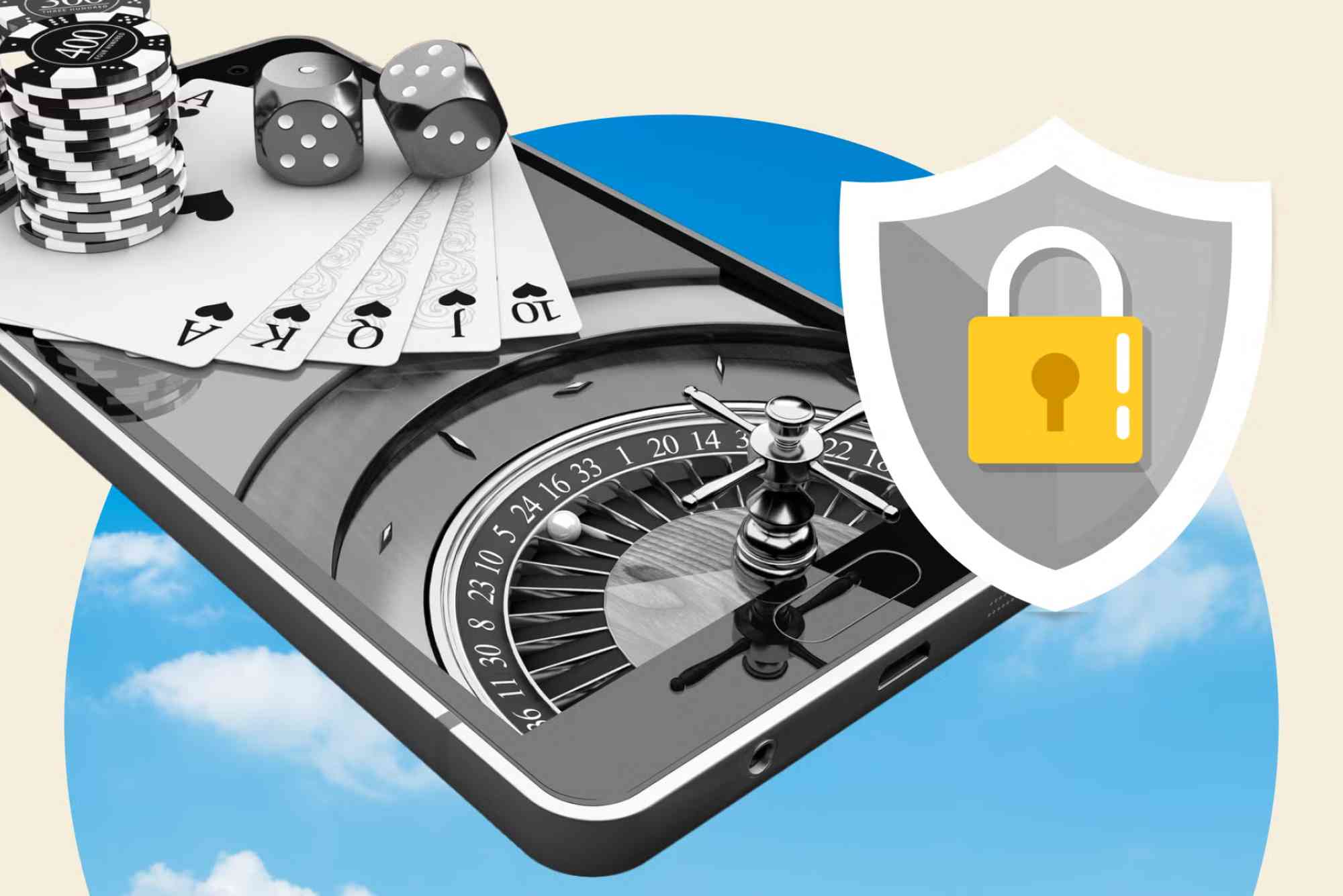In the world of online casinos, few programs are as influential—or as carefully scrutinized—as VIP tier systems. From the sparkle of exclusive events to the lure of personalized cashback offers, VIP tiers promise an elevated experience. But beyond the glitz, these tiered loyalty programs have a profound impact on a casino’s bottom line: the long-term player value (LTV). Drawing on real-world observations and operator insights, this article explores how VIP tiers shape player behavior, retention, and overall profitability.
Understanding VIP Tiers and Player Value
At its core, a VIP tier program segments customers into levels—bronze, silver, gold, platinum, and beyond—based on their cumulative wagering, deposits, or longevity. Each successive level unlocks greater perks: higher deposit bonuses, faster withdrawals, dedicated account managers, and even invitations to land-based events or luxury retreats. For players, it feels like ascending a more exclusive social club; for operators, it’s a carefully calibrated mechanism to maximize lifetime engagement and revenue.
The concept of long-term player value is simple in theory—each player generates a net positive contribution (after bonus costs and operating expenses) over the course of their relationship. However, in practice LTV depends on metrics like average bet size, session frequency, churn rate, and cross-selling uptake (poker, sports, live casino). VIP tiers directly influence many of these factors by providing ongoing incentives to remain active and to increase play volume.
Tailoring VIP Benefits at non uk licensed casinos
Many operators in alternative markets differentiate themselves through bespoke loyalty structures. In particular, non uk licensed casinos often craft VIP ladders with more aggressive point accrual rates, higher match percentages, and looser wagering requirements—designed to attract high rollers seeking fewer restrictions.
By placing the link directly on the keyword phrase, players instantly recognize where to learn more about a prominent example operator, reinforcing trust and transparency. This approach not only educates readers on the landscape beyond mainstream UK-licensed sites but also neatly integrates affiliate or referral opportunities where appropriate.
How Tier Mechanics Drive Engagement
Accelerated Point Earning
A primary lever is the rate at which VIP points are earned. For a standard player, €1 wagered might yield 0.1 points; VIP silver might see that climb to 0.15, gold to 0.2, and platinum to 0.25. Although the incremental cost per point can seem modest, the psychological impact is significant: players feel rewarded for each wager, encouraging bigger bets or longer sessions.
Tier-Specific Challenges
Many programs embed “missions” exclusive to higher tiers—complete X live dealer rounds in 24 hours, play three proprietary jackpot slots, or wager €500 on table games to earn a one-time cashback bonus. These targeted challenges nudge players toward underutilized verticals, increasing cross-product engagement and smoothing out margin volatility.
Exclusive Access and VIP Events
Beyond pure economics, experiential perks reinforce emotional loyalty. Invitations to tournaments, private customer service lines, and even occasional gifts (holiday hampers, branded merchandise) create a sense of belonging that spreadsheets alone can’t quantify. Players often cite these intangible benefits as the reason they remain with a particular site, even when better single-offer bonuses surface elsewhere.
Quantifying the Impact on LTV
Reduced Churn, Increased Tenure
Data consistently shows VIP players churn at a significantly lower rate. Whereas casual players might lapse after 30 days of inactivity, VIPs often maintain at least one wager per month to preserve their tier benefits. Extending the average active lifetime from six months to nine or twelve translates directly into higher cumulative net revenue.
Higher Average Spend
As players climb tiers, they encounter leveled “would you like to increase your maximum bet?” nudges—sometimes with added insurance or loss-limit increases. Operators see these nudges convert at a higher rate when tied to VIP privileges, meaning gold-tier players often wager 20–30% more per session than they did as silver members.
Deeper Cross-Selling
VIP programs that span multiple products (slots, live casino, sportsbook) tend to yield more cross-vertical adoption. A player invited to a VIP-only sportsbook contest, for example, may discover a preference for in-play betting, diversifying their spend and smoothing revenue across product lines—key for maintaining steady cash flow when slot RTP fluctuations spike.
Real-World Example: A Boutique Operator’s Tier Revamp
Last year, a mid-sized Caribbean-licensed casino overhauled its VIP structure. They introduced a revamped four-tier ladder with:
Faster Accrual: +50% to point rates at each tier
Simplified Milestones: Clear monthly targets instead of vague annual thresholds
Tier Retention Windows: Three-month grace periods allowing rollover of achieved tier status
Within six months, average VIP monthly revenue increased by 18%, churn among existing VIPs dropped by 12%, and net promotional cost (as a percentage of GGR) declined—thanks to more efficient point issuance and higher revenue per point redeemed.
Operator Considerations in Designing VIP Tiers
Balancing Cost and Benefit
It’s tempting to inflate perks to attract high rollers, but runaway cost burn can erode margins. Leading operators model the expected uplift in wagered turnover against incremental loyalty expenses (cashback, match bonus, gifts). When designing tiers, they set a target ROI—say, €2 of net revenue for every €1 of loyalty expenditure—and adjust point rates and reward ceilings accordingly.
Data-Driven Personalization
Modern loyalty platforms leverage real-time analytics. If a VIP player suddenly shifts from slots to live dealer tables, the system can push a bespoke mission—play three live Blackjack sessions to earn a loss-recovery booster. Personalization not only increases perceived relevance but also exploits underused verticals, optimizing portfolio performance.
Regulatory and Responsible Gaming Implications
High-tier players often fall into VIP-only self-exclusion nets. Operators must ensure that elevated privileges don’t override affordability checks. In jurisdictions with stricter oversight, tier-based deposit or wagering limits must still respect overall responsible gambling frameworks.
Strategies for Maximizing Your VIP Value
Track Your Progress
Most casinos display a progress bar, but the devil is in the details. Note how many points you earn per €100 wagered on different games. If one slot yields far fewer points than another, consider shifting some play to the higher-yield titles to climb tiers faster.
Redeem Strategically
Don’t automatically convert points for cash. Some programs allow exclusive upgrades—turn points into free spins with lower wagering requirements or VIP-only event entries that can yield higher ROI than a straight cash credit.
Leverage Personal Account Managers
Once you reach higher tiers, reach out to your VIP host. They can often negotiate bespoke deals—deposit match adjustments, luxury gifts, or even bespoke tournaments among fellow VIPs—which aren’t publicly advertised but can dramatically boost your net value.
Future Trends in VIP and LTV Optimization
As data science evolves, we’re moving toward fully dynamic tier schemes. Imagine loyalty levels that adjust monthly based on your recent play patterns, opening and closing access to perks in real time. Some avant-garde operators experiment with blockchain-based tier credits—publicly transparent and transferable—adding liquidity and security to VIP economies.
We may also see loyalty currencies decoupled from wagering entirely, rewarding social engagement, tournament participation, or even content creation (streaming sessions) as alternative “stake equivalents.” These programs can tap micro-influencers among the player base, spreading brand advocacy organically.
Balancing Personal Experience and Analytical Rigor
Having navigated VIP ladders across half a dozen casinos, I’ve noticed that the most rewarding programs feel almost invisible: tiers rise seamlessly, perks arrive just as you expect them, and the system never nudges too aggressively. That balance—between feeling valued and not feeling manipulated—is the holy grail of loyalty design. From an operator’s perspective, achieving that balance is both art and science: art in crafting an emotional connection; science in rigorous uplift testing and cohort analysis.
Final Thoughts
VIP tier systems are far more than marketing bells and whistles. They are strategic levers that, when finely tuned, amplify player engagement, reduce churn, encourage cross-product play, and ultimately drive higher long-term value. For players, understanding the underlying mechanics—point rates, mission structures, redemption options—turns a superficial perk into a calculated advantage. For operators, continually refining tier economics against actual behavioral data ensures loyalty spend translates into sustainable profitability.
By blending personalized experiences with robust analytics and ethical safeguards, both players and casinos can reap the full benefits of VIP loyalty programs. As the industry continues to evolve, those aligned on creating genuine long-term relationships will stand to gain the most.




